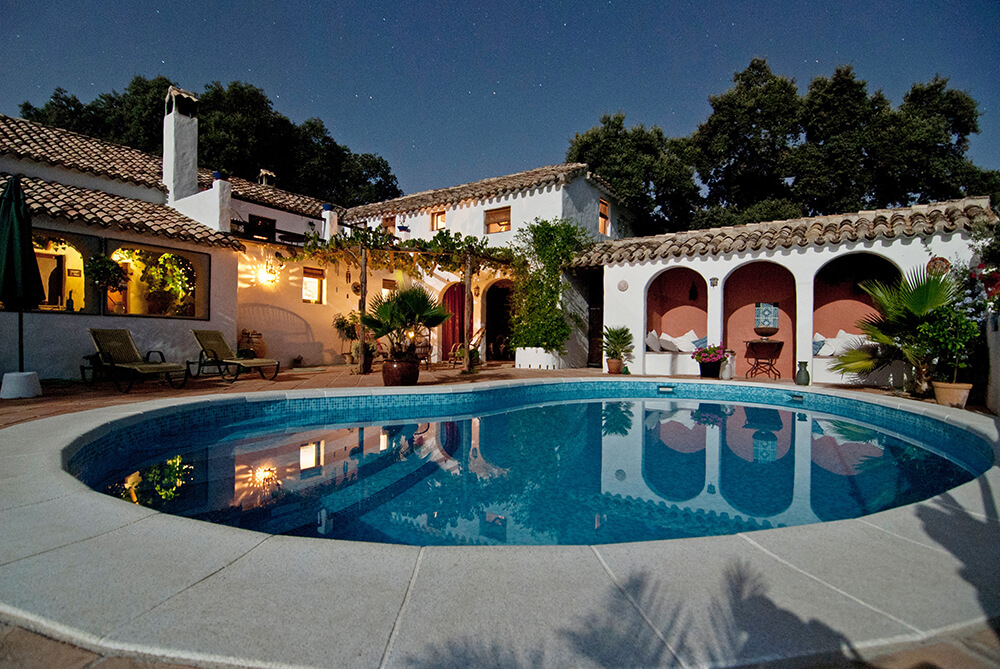
By Bill Janhonen
.
The DOE Zero Energy Ready Home represents a whole new level of home performance, with rigorous requirements that ensure outstanding levels of energy savings, comfort, health, and durability.
This is the opening line of the U.S. Department of Energy’s Zero Energy Ready Home website, and it is accurate and well-stated. Having worked on many Net Zero projects, I can tell you they are the product of commonsense building science requirements using a holistic view while paying intimate attention to detail. The results are homes that are designed and built to reach unparalleled levels of performance lasting hundreds of years.
With increased efforts to control energy costs, reduce carbon footprint and increase efficiency, many builders in America have turned to building homes that are known as zero-energy buildings, meaning the total amount of energy used by the building on an annual basis is roughly equal to the amount of renewable energy created on the site.
Phoenix recently adopted the ERI (Energy Rating Index) as part of the new 2018 Building Code, which makes it easier for Net Zero builders to use their advanced building methods in zero energy homes. The innovations in building methods and products have brought the cost of building a Net Zero home into the range of most new home buyers, especially when you consider the initial cost of building a zero energy-ready home will bring a higher resale value, will last longer than any conventional home, and ultimately pay for itself in zero energy costs.
Keys to Building Your Own Net Zero Home
- Choose an architect and builder who have experience in building “net zero homes.” Those who advertise “eco-friendly” or “green” are usually not in the same category.
- Hire a builder who is committed to the full ride; someone who will be on site from start to finish and who uses third-party testing services of a HERS (Home Energy Rating System) rater to verify performance.
- RESEARCH AND COMPARE OFFERS! The website at the bottom of the article is one of the best sources for finding builders, answering questions, outlining requirements and detailing what to expect from building Net Zero home.
The components that make up any home are common to building, but they are viewed as parts of a whole when building a Net Zero home since they rely upon each other to achieve maximum efficiency. The building envelope, air flow, ventilation, appliances, HVAC efficiency and even the orientation of the house itself are important.
The building envelope is everything between the inside of your home and the world outside. It includes doors and windows, insulation and exterior walls, the foundation, and the roof. Net Zero energy-efficient building envelopes are a huge factor in keeping energy costs down by limiting the amount of air and heat loss through leakage: a house that is properly and thoroughly sealed keeps the air and heat inside for longer, which means that your heating and cooling systems don’t need to work as hard to keep your home comfortable.
Controlling heat flow is another important factor of the envelope. The laws of physics state that hot goes to cold. You can’t change it, but you can control it by installing materials that are poor conductors of heat, so in the winter the warmth will stay inside, and in the summer the heat will stay outside instead of passing through your walls, roof and floors. To maintain comfort, the heat lost in the winter must be replaced by your heating system, and the heat gained in the summer must be removed by your cooling system. Properly insulating your home will decrease this heat flow by providing an effective resistance to the flow of heat.
Ventilation or air flow through the home is vital to air quality and comfort, but it also increases your energy efficiency. We are all human beings, and as walking 98.6-degree engines, we feel most comfortable between 68 and 72 degrees – 4 degrees lower we start to feel cold, and 4 degrees higher we start to feel hot. Maintaining the most comfortable atmosphere can be accomplished in large part by moving the air in a manner that achieves a balance between humidity, air movement and fresh air intake without turning on the air conditioner or heating source in the house, thus saving energy usage.
Controlling water away from the home and managing moisture within the home are also key factors, as the passage of water and water vapor through to the interior of the envelope structure is a significant factor in the leakage of thermal energy.
Using the right methods and products in a holistic manner results in an energy-efficient home that is affordable, comfortable, durable and a home your family will enjoy for years to come.
For more information, visit energy.gov/eere/buildings/zero-energy-ready-home.
Bill Janhonen is a Building Science instructor, HERS rater, Energy Star verifier and longtime writer of several articles on Sustainable Building. He holds a Brokers license in three states (NY, CT and NC), and is an approved instructor for the National Association of Home Builders – oh, and he is an advisor to Green Living AZ Magazine. For questions, contact William Janhonen at wjanhonen@wsjenterprises.com
.






